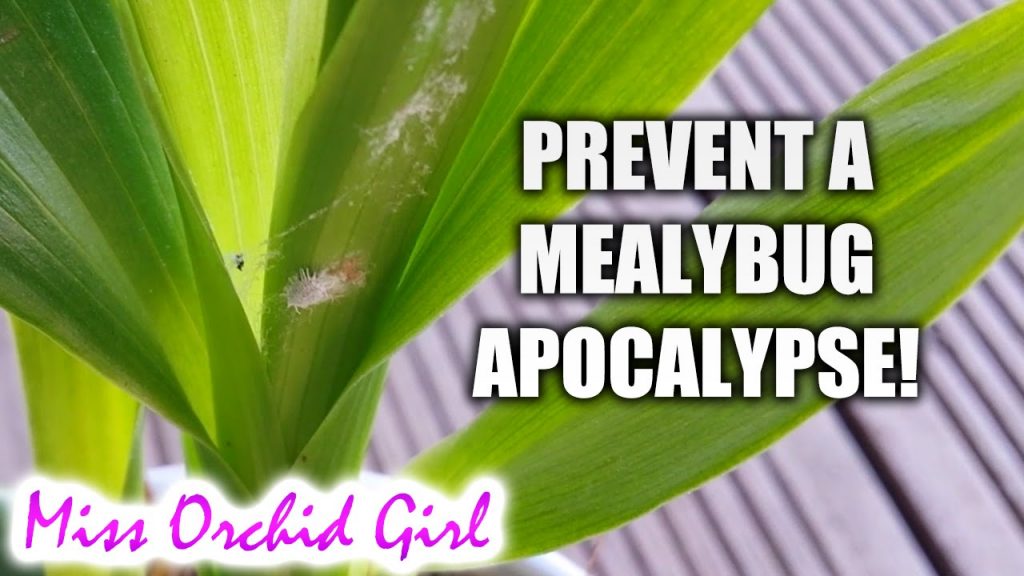If you’re looking for an easy way to get rid of bugs on your orchids, then you’ve come to the right place. In this article, I will provide you with simple steps that will help you keep your orchids pest-free. With just a few minor changes, you can easily get rid of bugs on your orchids and keep them healthy. So, let’s get started on how to get rid of bugs on orchids!
Types of Bugs Found on Orchids
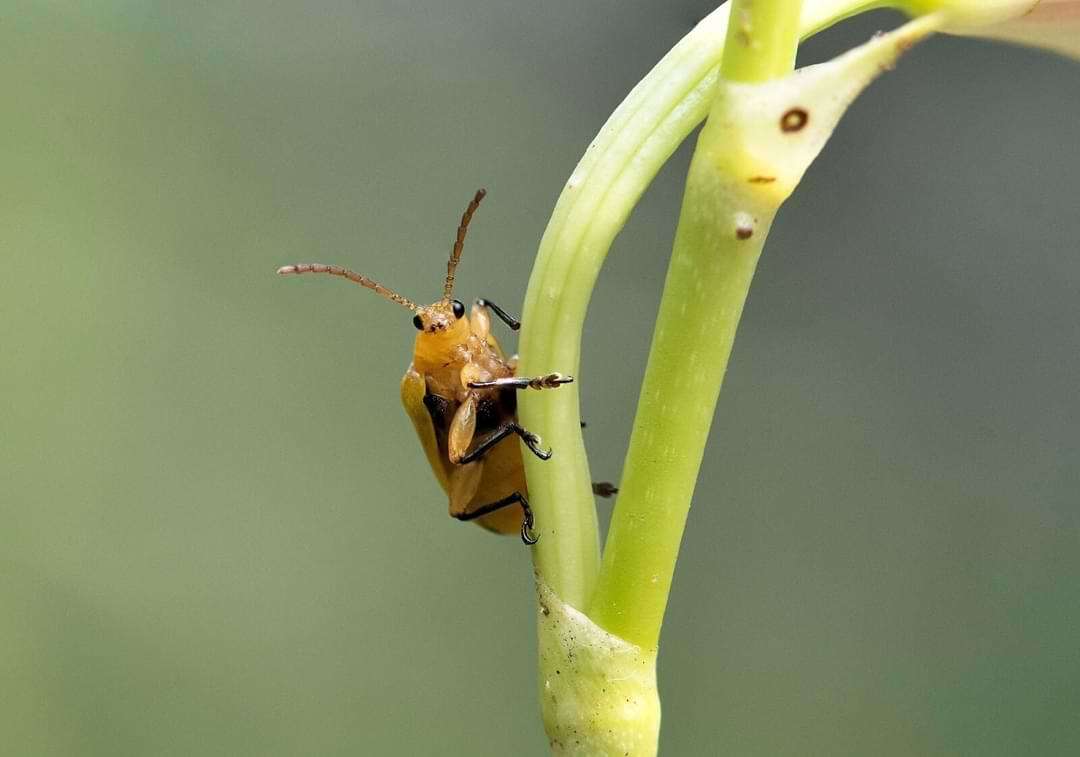
- Aphids
- Fungus Gnats
- Mealybugs
- Scale
- Thrips
- Vine Weevil
Aphids are small, soft-bodied insects that vary in color from yellow to green. They feed on the sap of the orchid’s leaves, stems and buds, causing distorted growth. Fungus gnats are small, black and mosquito-like. They can be found near the soil, and the larvae feed on the roots of the orchid. Mealybugs are small, oval-shaped and grayish-white in color. They feed on the sap of the orchid and leave a sticky, wax-like residue. Scale insects are tiny and hard-shelled, and can be either brown or black in color. They are usually found on the underside of the leaves and can cause a yellowing of the foliage. Thrips are small, slender insects that are usually black or yellow in color. They feed on the sap of the orchid and can cause distorted growth. Vine weevils are dark-colored, beetle-like insects that feed on the roots and leaves of the orchid. They can cause the leaves to turn yellow and the roots to become deformed.
Signs of Infestation on Orchids
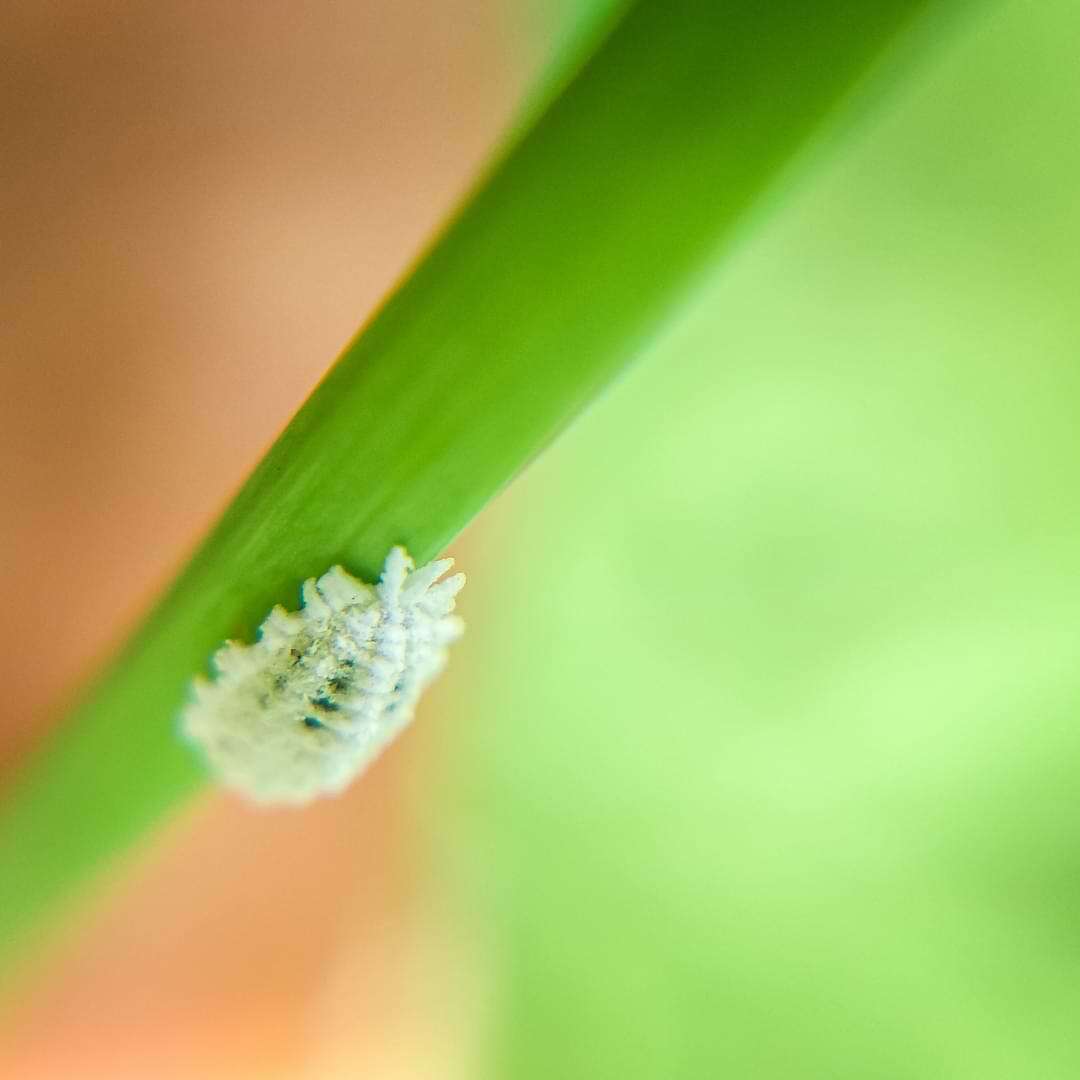
I noticed some of my orchids were not looking quite right. After closer inspection, I realized they were infested with bugs. Here are some common signs of infestation on orchids:
| Signs | Description |
|---|---|
| Brown, yellow, or black spots on leaves | These spots are caused by mealybugs and aphids. |
| Sticky residue on leaves | This residue is caused by mealybugs, aphids, and scale insects. |
| Wilting or yellowing leaves | This is a sign of root rot, which is caused by fungus gnats. |
| Webbing on the underside of leaves | This webbing is caused by spider mites. |
| White, cottony masses on leaves | This white, cottony substance is caused by mealybugs. |
If you notice any of these signs, it’s important to take action immediately to get rid of the bugs.
Prevention of Bug Infestation

To prevent bug infestation, it is important to keep the orchids in a clean and well-maintained environment. Regular inspection of the leaves, stems, and flowers should be done in order to detect the presence of bugs. If bugs are spotted, they should be removed as quickly as possible.
In addition to regular inspection and cleanliness, using a few preventive measures can help to keep bugs away. These include:
| Measures | Benefits |
|---|---|
| Introducing natural predators | Certain predators such as ladybugs, lacewings, and praying mantises can help to reduce the population of pests. |
| Using organic insecticides | Organic insecticides such as neem oil and insecticidal soaps can be used to keep bugs away. |
| Using beneficial nematodes | Beneficial nematodes can be used to kill the larvae of pests. |
It is also important to avoid overwatering orchids, as this can attract pests. Lastly, never use chemical insecticides on orchids as these can be harmful to the plants.
Natural Remedies to Get Rid of Bugs on Orchids
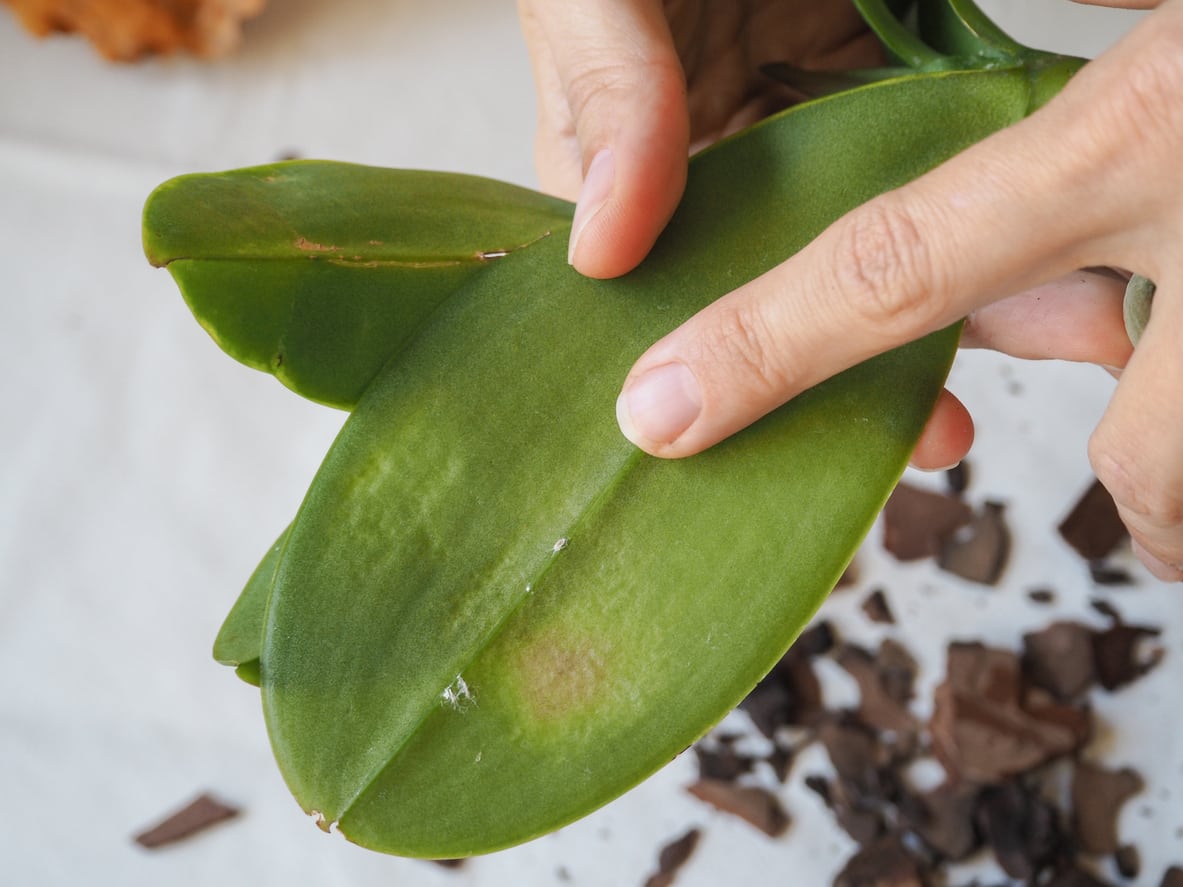
I’m seeing small bugs on my orchid. What can I do to get rid of them? Natural remedies are a safe and effective way to get rid of pesky bugs on orchids. Here are some remedies you can try:
| Remedy | Instructions |
|---|---|
| Neem Oil | Mix 2 tablespoons of neem oil with 1 cup of warm water. Spray the solution onto the orchid leaves and flowers, making sure to get the undersides of the leaves. Repeat every few days until the bugs are gone. |
| Soap and Water | Mix 1 tablespoon of liquid dish soap with 1 cup of warm water. Spray the solution on the orchid leaves and flowers. Repeat every few days until the bugs are gone. |
| Rubbing Alcohol | Mix 1 part rubbing alcohol with 2 parts water. Dip a cotton swab in the solution and dab it onto the bugs. Repeat every few days until the bugs are gone. |
These remedies are safe and effective ways to get rid of bugs on orchids. If you find that the bugs are still present after trying these remedies, you may need to use an insecticide. Be sure to follow the instructions on the insecticide label for proper use.
Chemical Remedies to Get Rid of Bugs on Orchids
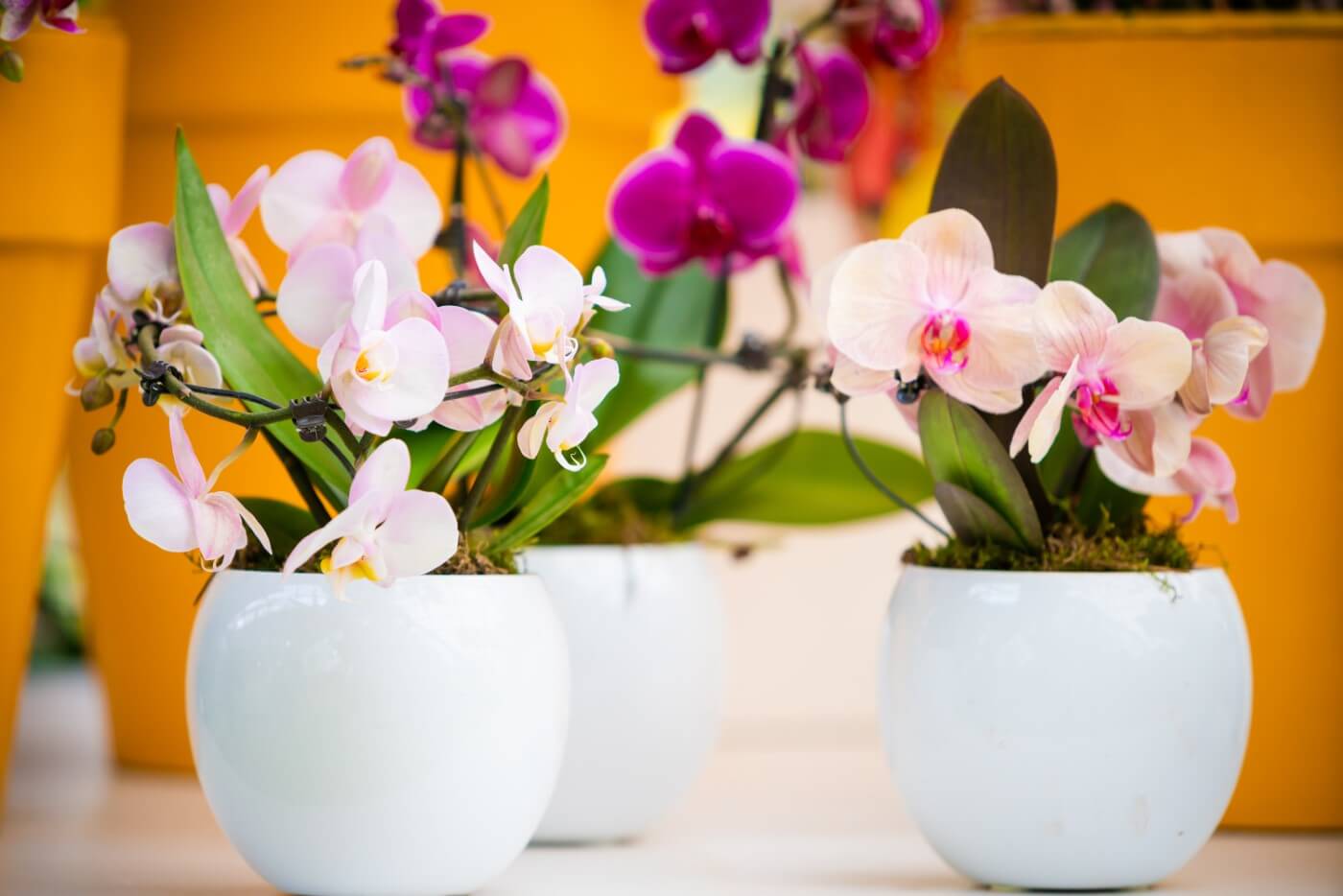
- Insecticidal soap can be used to treat the bugs on orchids. It is a milder option and can be used to treat adult, larvae, and eggs of the bugs.
- Diatomaceous earth is a non-toxic, natural powder that can be used to get rid of bugs on orchids. It is a sharp powder that will cut the bugs and dehydrate them.
- Neem oil is a natural oil that can be used to treat bugs on orchids. It will kill the bugs by coating their bodies and suffocating them.
- Pyrethrin is an insecticide that is derived from chrysanthemums. It can be used to kill the bugs on orchids by attacking their nervous system.
When using chemical remedies to get rid of bugs on orchids, it is important to take safety precautions. Wear protective clothing and gloves when applying, and make sure to follow the instructions carefully. Additionally, it is important to make sure that any chemicals used are labeled safe for use on orchids.
Treatment of Severe Infestations
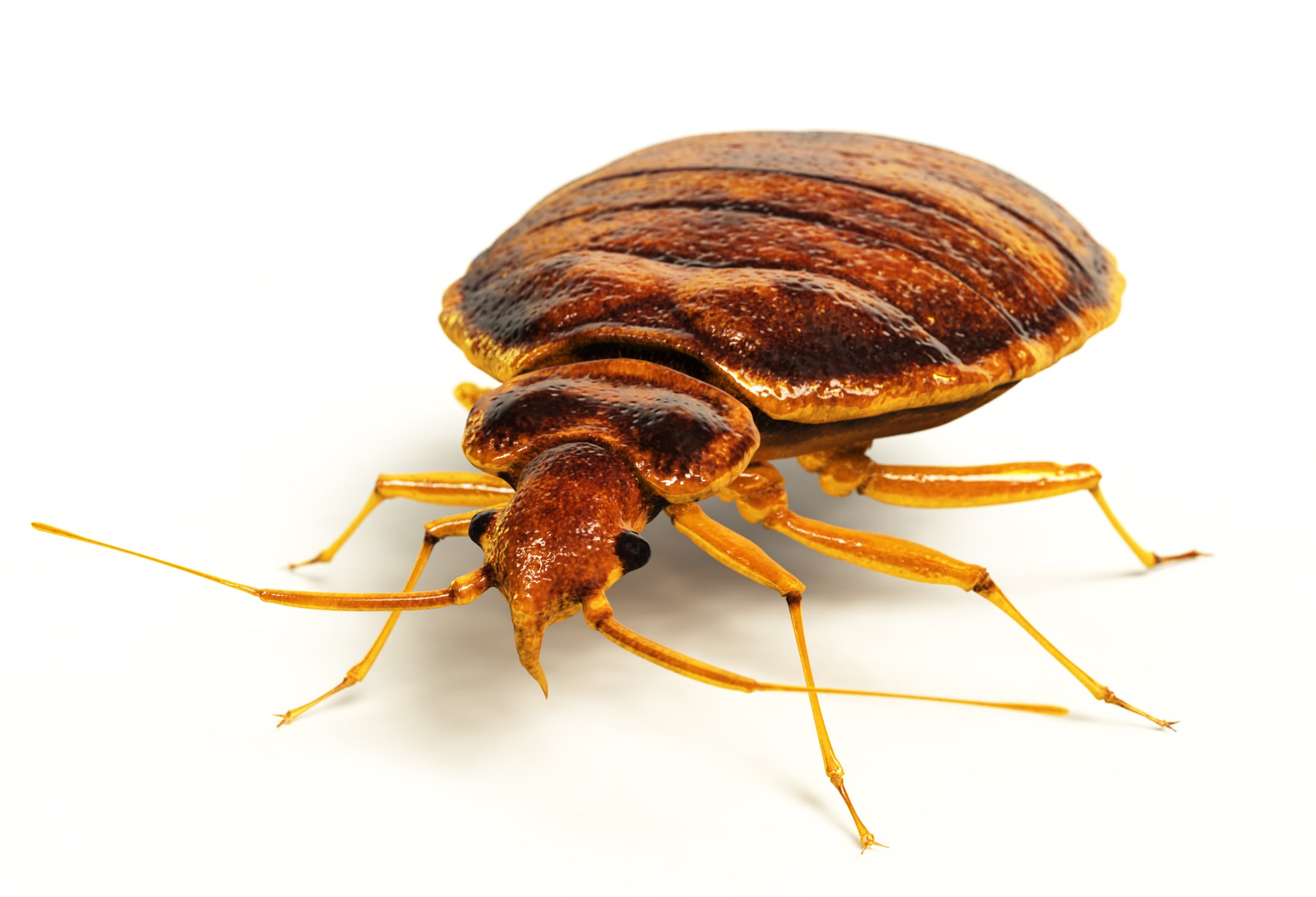
- Remove the infected orchid from its pot and inspect the roots for any signs of pests.
- Loosen the soil around the roots and remove any dead or diseased material.
- Submerge the entire pot in a bucket of water for 10 minutes and then let it drain.
- Spray the orchid with a dilute solution of insecticidal soap or neem oil.
- Re-pot the orchid in a new, sterile soil and keep it in a dry, well-ventilated area.
- Monitor the orchid for any signs of pests, and reapply the insecticide if necessary.
Re-Infestation Prevention
Once you’ve successfully rid your orchids of bugs, you’d want to make sure they don’t come back. To do this, you must take a few steps to prevent a re-infestation.
- Quarantine any new orchids for at least two weeks. During this time, inspect the plants for any signs of pests and treat accordingly.
- Wash your hands and any tools you use for gardening before working with the orchids.
- Keep the area around the orchids clean and free of debris.
- Remove dead leaves, flowers, and other plant material.
- Avoid overcrowding orchids. This will help ensure better airflow.
- Stick to a regular fertilizing and watering routine.
- Spray the orchids with neem oil every three to four weeks.
These steps are essential for keeping your orchids bug-free. You should also inspect your orchids regularly and treat any new signs of infestation immediately.
Best Practices for Orchid Care
I always begin with the basics when it comes to orchid care. As a starting point, make sure to provide your orchids with proper light, temperature, humidity, and water. Position the plant in a bright location such as a window sill or a terrace. A south-facing window is best. Keep the temperature between 16-21°C with no sudden changes. Aim for a humidity level of about 50%. Water your orchid properly, avoiding both over- and under-watering.
Fertilize regularly and use a specialized fertilizer for orchids. Don’t forget about regular repotting – it allows your orchid to grow and thrive. Use a soil mix that is specifically formulated for orchids and make sure the pot has good drainage.
Inspect the plant regularly and check for signs of pests. If you spot any – promptly take action to get rid of them. Use the right insecticides or natural solutions such as neem oil or rubbing alcohol.
Finally, remember to provide your orchids with the right environment and good care. This will help keep them healthy and strong and, ultimately, help to get rid of any pests.
Frequently Asked Questions
What types of bugs commonly infest orchids?
Common orchid pests include aphids, mealybugs, scale insects, thrips, mites, and whitefly. These pests can cause damage to the plant by sucking the sap from the leaves and stems, resulting in discolored and stunted growth. They can also spread disease and disrupt the orchid’s reproductive cycle.
What are some natural methods for getting rid of bugs on orchids?
One of the most effective natural solutions is to use neem oil. It is a natural insecticide made from the neem seed and can be used as a foliar spray to kill and repel bugs. Another option is to use an insecticidal soap, which is a mild cleaning detergent that can be used to coat the leaves of the orchid and suffocate the insects. For small infestations, you can also use a cotton bud dipped in rubbing alcohol to physically remove the bugs. Additionally, introducing beneficial insects like ladybugs and lacewings can help to naturally keep the insect population in check.
Are there any chemical treatments available for getting rid of bugs on orchids?
Yes, there are chemical treatments available for getting rid of bugs on orchids. These treatments are specially formulated insecticides that are designed to target specific pests on orchids. However, it is important to read the instructions on the product labels and take all necessary precautions when using chemical insecticides. Additionally, it is important to identify the specific pest before selecting a chemical treatment, as not all treatments are effective against all pests.
How can I prevent bugs from infesting my orchid soil?
To prevent bugs from infesting your orchid soil, ensure the soil is free of decaying matter and debris. Change the soil as needed and keep it as clean as possible. Avoid overwatering, as this can create a moist environment that is conducive for bugs. Use an insecticide or pesticide to kill any existing bugs, and regularly inspect your orchid for any signs of an infestation.
How often should I check my orchids for signs of bug infestation?
It is important to inspect your orchids regularly for signs of bug infestation. Check the leaves, stems, and roots for any visible pests. Additionally, check for white or yellow spots, discoloration, or holes in the leaves which could be indicative of insect damage. Look closely at the stems and roots of the orchid for any crawling insects or larvae. Inspecting your orchids every few weeks will help to ensure any potential pest problem is caught early.
Conclusion
I’ve found that following these simple steps can help keep your orchids pest-free. Regularly check your plants for signs of bugs and act quickly if you spot any. Remove any dead or rotting leaves and flowers from the plant to reduce the chances of bugs taking up residence. Use insecticides or insecticidal soaps to kill any existing bugs, and prevent new ones from arriving. Finally, make sure to keep your orchid in a well-ventilated area to discourage future infestations. With a little bit of effort and knowledge, you can keep your orchids healthy and bug-free.
